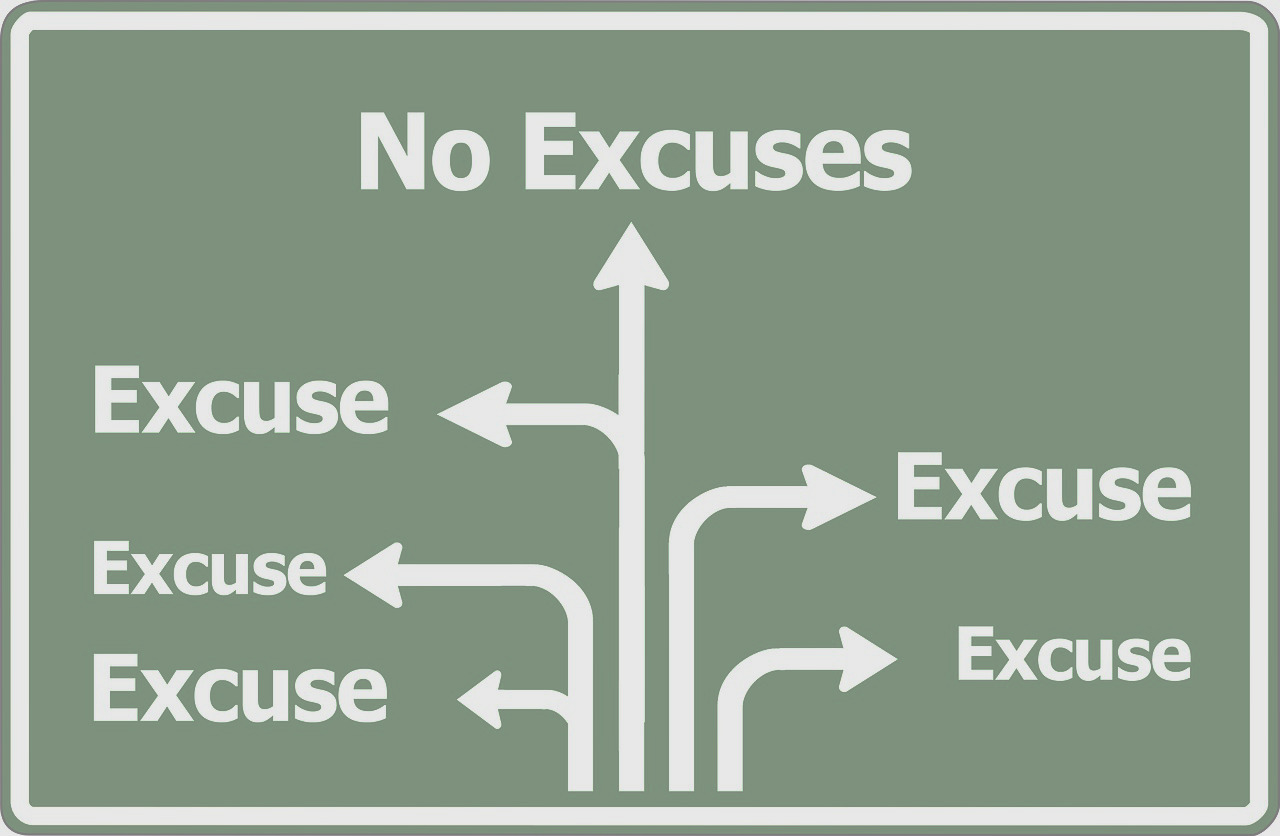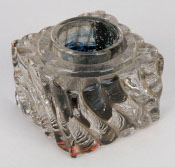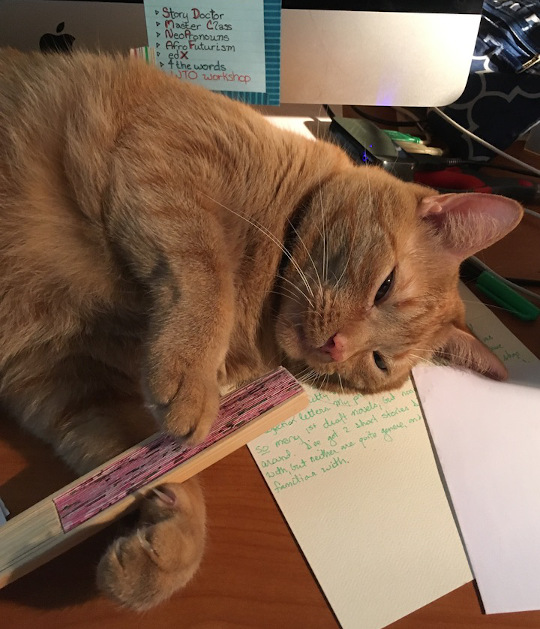I am currently working on a short story. I started it at the beginning of June, and have been working on it off and on since then. There were some days that I had what felt like productive writing sessions, even if I did have to literally start with “once upon a time” in order to trick myself into starting on the concept I’d had in my head for weeks.
I say “off and on”, though that mostly means “off”. Granted, I did take some time in there to work at a writing retreat (more on that later), and to edit and polish a separate short story for submission (ditto), but some days when I sat to write on the current fairy-tale based WIP, I only got about 50 words before getting stuck again.
Fortunately, in my life, I have had the opportunity to surround myself with like-minded people, and over a series of conversations with other writers, I identified several problems with my story.
- the beginning I wrote didn’t match the ending I had envisioned
- I was hesitant to bring back the narrative POV after diving into a closer 3rd person POV, even though the story called for it
- I had the power balance between the protagonist and the villain wrong
- The villain didn’t have motivation beyond “working against the protagonist”
Once the problem areas were identified, I realized I’m going to have to start over. I will probably be able to use some of what I’ve written (about 2000 words on paper so far), but will have to change it to accommodate new idea.
Time is running out if I want to submit this story to the anthology I had my eye on, especially since I want to run it by a critique group first. So I decided to pull out one of the new tools from my writing toolbox, and see if I could figure out how it worked.
The tool is the 7 Point Story Structure, as presented by Dan Wells. (I have added my notes and a link to the video series on my Writing Resources Page.)
I’ve had intense discussions with my critique group around this tool – using it to flesh out the various threads for novels – but I had never tried to apply it to an uncompleted work. Honestly, it took me a bit of time, and I’m not sure what I came up with is perfect, but I can say that by following the steps, I got ideas. I knew the ending, and by looking at the beginning next, I realized that some of the new elements I’d discussed with my writer friends needed to be applied in the very first scene.
I had the most trouble with the pinch points, but in looking at them, I realized that I could call back a character from the first draft, and use this person not only as an aid in the pinch point, but also to make the relationship between the protagonist and the villain more dynamic.
Overall, I am pleased with the results, even if what I came up with doesn’t exactly match the 7 point story structure as it was taught (I think I’ve got one or two subthreads, that maybe deserve their own 7 points, mixed in), it helped me to come up with an outline for a story that has been broken for several weeks. The 7 point structure is providing support for the story I wanted to tell, making it whole. And even if the results from the exercise aren’t what I expected/ hoped – I have a story I can move ahead with, and that’s what really matters.


